How has the UK agriculture sector performed since the Brexit vote?
Since the Brexit vote, sterling has weakened against the euro. This means the farm supports UK farmers receive under the CAP have increased because of a weak sterling. It’s estimated that farm supports have risen 15% because of the weak sterling. Approximately 143,000 farms receive in excess of £1,000 per annum in CAP payments.
How have UK food imports and exports performed in 2017?
The UK’s largest trading partners for both food imports (estimated £45bn) and exports (estimated £20bn) is with the EU. Given the trade balance and a weak sterling, imported goods have become more expensive for UK consumers. However, the higher cost of food imports has also lifted the values of UK farmgate produce.
Do UK farmers see Brexit as an opportunity?
UK farmers are keen to see the current uncertainty around Brexit removed and see what outcome is reached in terms of the future EU-UK trade relationship. Key outcomes from this future agreement will be the availability of labour and food standards. Up to 125,000 people are estimated to work in UK food production plants alone. Finally, farmers will also be watching closely the post-Brexit support of UK agriculture.
Which farming sector is most at risk from a hard Brexit?
Like most EU countries, farm support has differing levels of contribution to the bottom line in the UK from sector to sector. At present the beef, sheep and tillage sectors in the UK receive the most direct support from the CAP. Sectors that are dependent on a supply of lower-cost labour include the horticulture and fruit industry.
Are UK farmers still investing?
Yes. Many farmers are still investing in expanding their businesses but increasingly more farmers are investing in automation. The latest Bank of England statistics show that lending to UK agriculture at the end of September stood at £18.5bn (€21bn), which is up £400m on the previous year. UK agriculture also holds £6.9bn (€7.8bn) of bank deposits, which is up £700m on last year.
What’s the banks outlook for inflation in the UK?
The weak sterling has seen UK inflation rise to 3.1% in November, which is the highest rate of inflation in the UK in almost six years. However, we expect this is the peak for inflation and that it will fall slowly over the coming 12 months to be at 2.4% by December 2018 and 2.2% by end 2019.
Our forecast over the next 12 months is for sterling to average £0.86 against the euro.




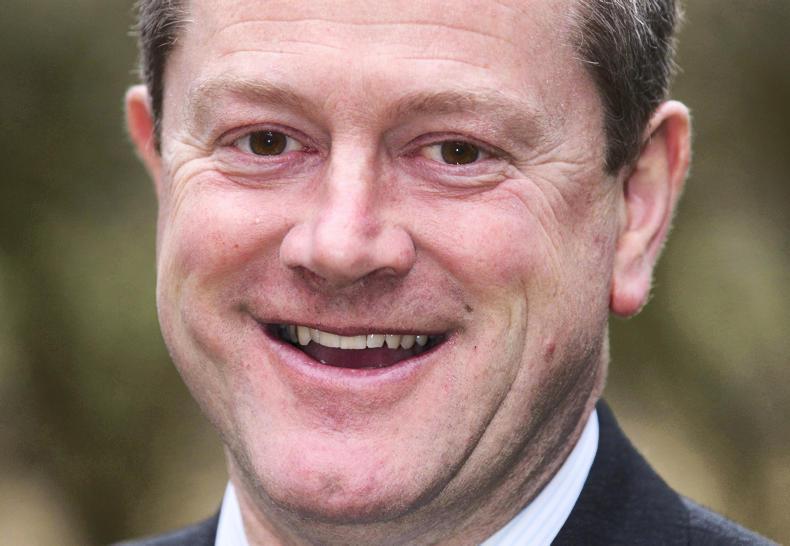
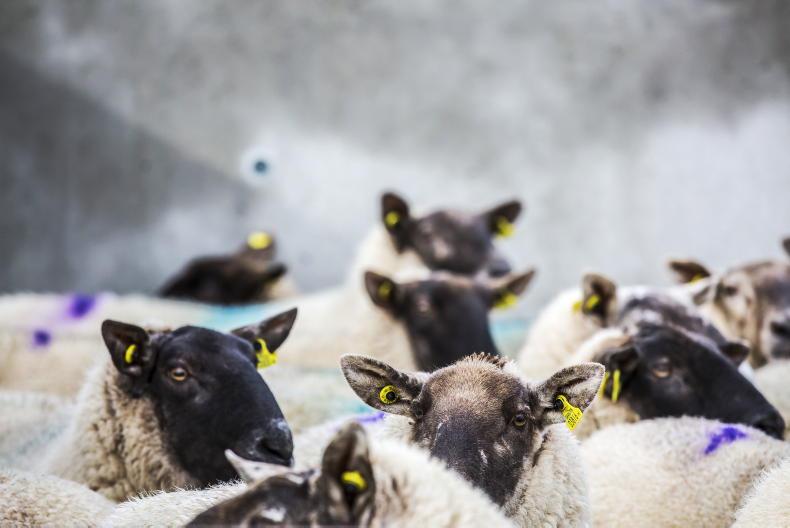
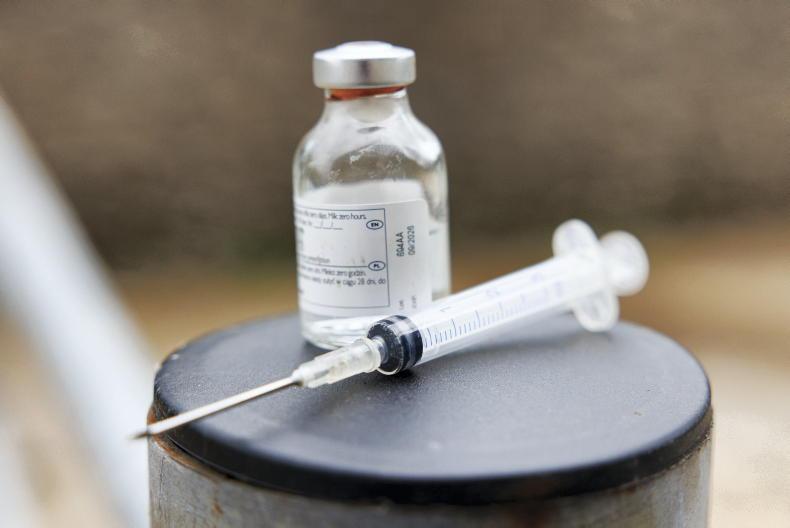
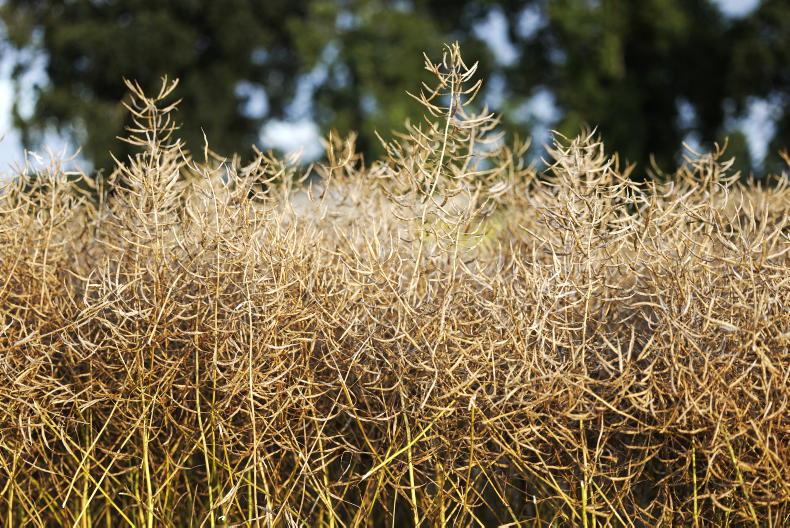
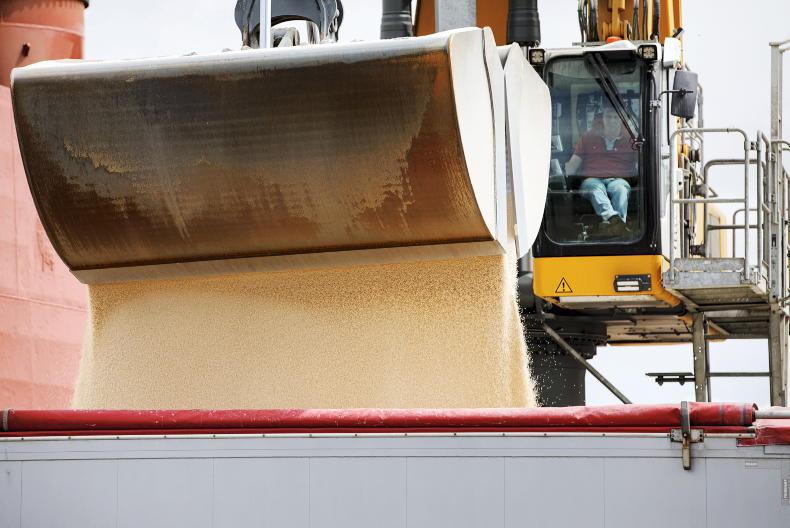
SHARING OPTIONS